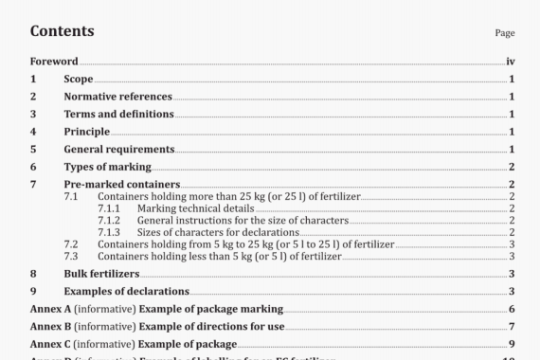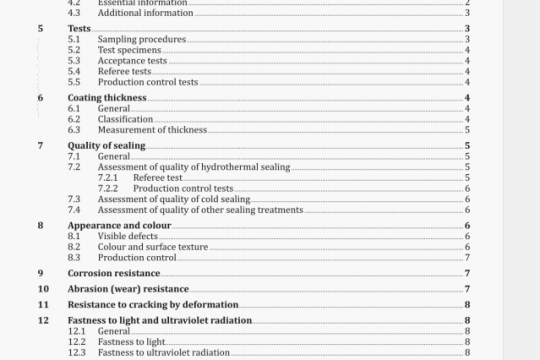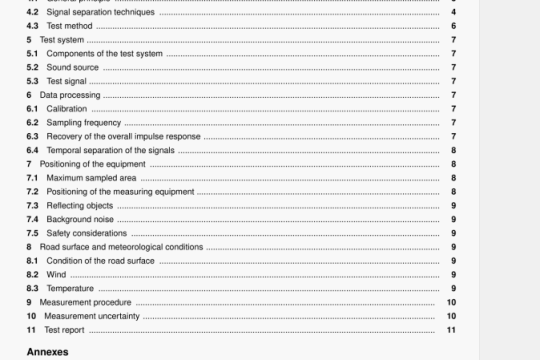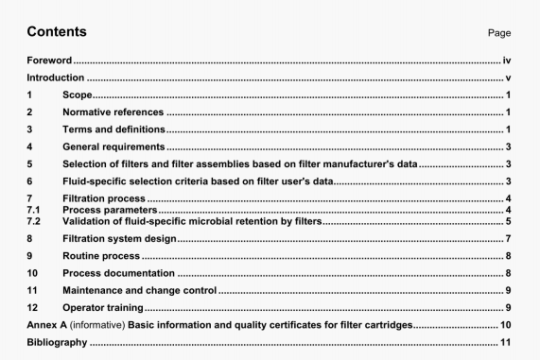ISO 3690:2000 pdf download
ISO 3690:2000 pdf download.Welding and allied processes -Determination of hydrogen content in ferritic arc weld metal.
3.1.4 Welding and test piece storage
The temperature of the welding jig before each weld is made shall be ambient or not more than 25 °C above ambient. If difficulty is caused by condensation of water on the jig and test piece assembly, it will be necessary to use cooling water thermostatically controlled to ambient temperature or as much as 25 °C higher. Using the welding process as specified in 3.2, and parameters appropriate to the type of investigation, make a single weld bead on the test piece assembly that is clamped in the welding jig as shown in Figure 1 or Figure 2.
a) Welding shall be initiated on the run-on piece at a point sufficiently distant from the centre test piece such that a stable arc and a stable deposit shape are achieved before reaching the centre test piece.
b) Welding shall be terminated with the trailing edge of the crater within 25 mm of the centre piece.
c) After extinction of the arc, and without any delay, the clamp shall be released and the test piece assembly removed and quenched as rapidly as possible to below room temperature in stirred iced water and then transferred to a low-temperature bath saturated with solid carbon dioxide, or to liquid nitrogen.
d) Once chilled, the underside of the central test piece shall be examined to assess the uniformity and extent of heat tinting. Properly aligned and clamped test assemblies shall show parallel and uniform heat tinting of the underside of the central test piece, and dark oxidation shall not extend to the edges of the underside of the central test piece.
e) Slag shall be removed, the run-on and run-off pieces broken off and the centre piece returned to cold storage. The centre pieces may be stored at —78 °C in the solid carbon dioxide bath for a period of up to three days, or at — 196 °C in liquid nitrogen for a number of weeks if necessary, before analysis.
f) For purposes of classifying welding consumables, during welding of the test assembly, the ambient absolute humidity shall be at least 3 g of water vapour per 1 000 g of dry air. (This corresponds to 20 °C and 20 % relative humidity.) When the absolute humidity, measured using a sling hygrometer or other calibrated device, equals or exceeds this condition, the test shall be acceptable as demonstrating compliance with the requirements of this International Standard provided that the actual test results satisfy the diffusible hydrogen requirements of the applicable consumable classification standard.
3.1.5 Recording of data
All welding details such as current, voltage, travel speed, filler metal type and composition, etc. shall be recorded on the appropriate weld data sheet as given in 3.2. It is particularly important to record atmospheric temperature and humidity at the welding station. All these data are reported with the analytical results.
3.2 Welding procedures for the production of weld specimens
The welding process under investigation shall have its operating parameters defined so as to permit the production of a single weld bead on the test piece assembly described in 3.1.
3.2.1 to 3.2.3 describe the procedures for different welding processes.
When a predrying treatment is specified, the time and temperature specified by the consumable’s manufacturer shall be used. If a range is given by the manufacturer, e.g. 300 °C to 350 °C, the average shall be used.
Electrodes with cracked or broken coatings shall not be used and electrodes to be tested in the as-received condition shall be taken from a freshly opened undamaged packet. During any drying treatment the electrodes shall not touch each other or the side of the oven. During any drying operation a calibrated oven shall be used and the electrodes shall spend the full specified time at the drying temperature. Only electrodes under test shall be placed in the oven during this time. When the drying operation is complete, the electrode shall be cooled to ambient temperature in a container, e.g., a dried borosilicate glass tube sealed with a rubber bung. The electrode shall be used as soon as possible after it reaches ambient temperature. Any electrodes removed from the drying oven and not then used shall not be redried and subsequently used for the test.




